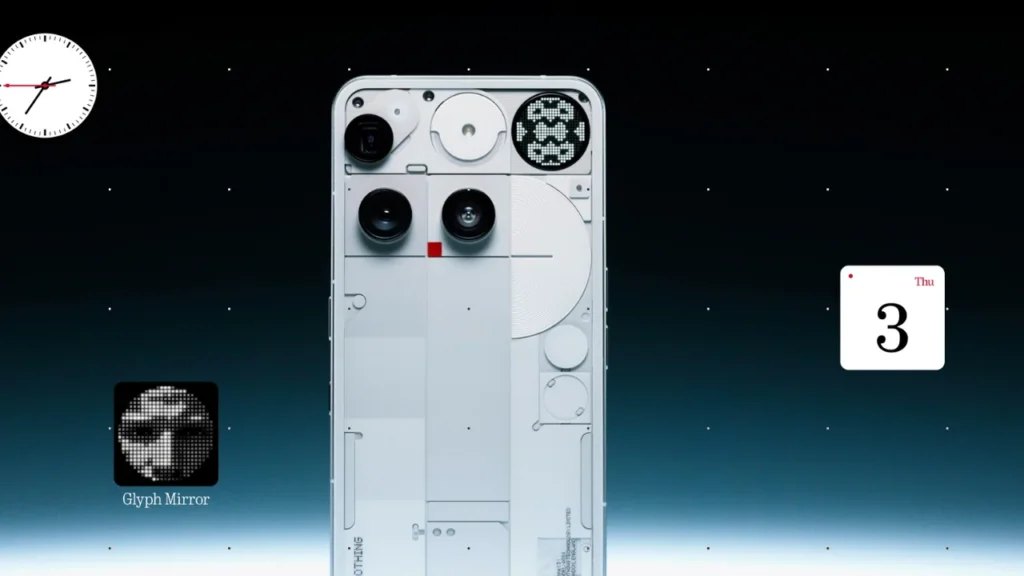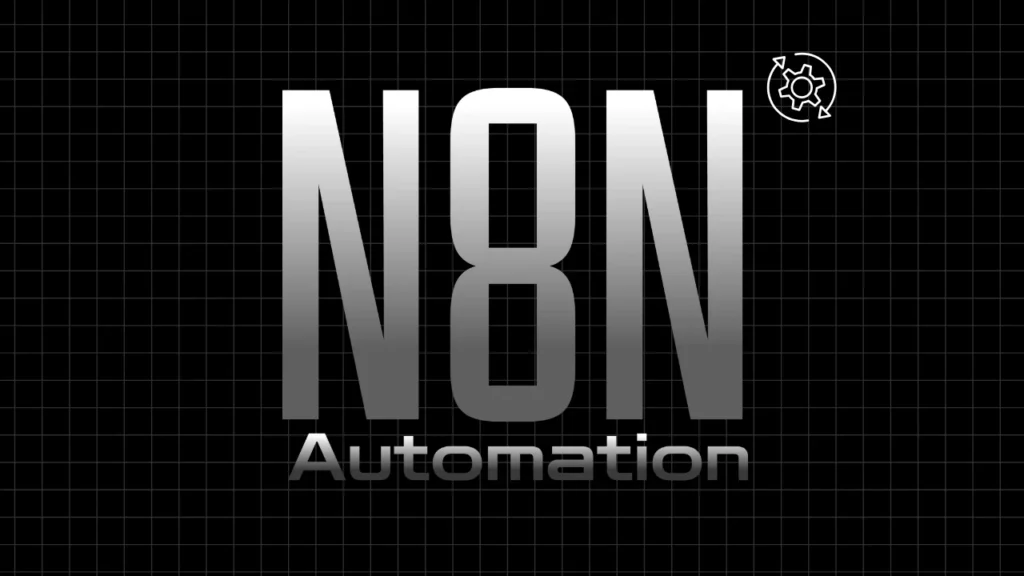Artificial Intelligence (AI) has rapidly evolved, transforming industries with innovations in natural language processing, machine-learning, and deep-learning. From chatbots and virtual assistants to AI-driven search engines, the technology is becoming more intuitive and human-like. One such breakthrough is Perplexity AI or tool, an AI-powered search engine and chatbot that enhances information retrieval with precise, context-aware responses. Unlike traditional search engines, it aims to provide direct, well-structured answers rather than just a list of links.
Perplexity AI operates on advanced natural language processing (NLP) and machine-learning techniques, making it highly efficient for answering queries with accuracy. Its core features include real time web searches, conversational interactions, and source citation for credibility. By harnessing deep-learning, Perplexity AI refines its responses based on user intent. Making it a valuable tool for researchers, businesses, and casual users seeking fast and reliable information. Its growing popularity stems from its ability to bridge the gap between AI-driven search engines and human-like understanding. Offering a smooth knowledge discovery experience.
Perplexity in AI: The Secret Behind Smarter Language Models
Perplexity ai tool plays a vital role in shaping the intelligence of AI models. Acting as a benchmark for linguistic accuracy in natural language processing (NLP). It quantifies how well an AI model anticipates the next word in a sequence—the lower the perplexity, the better the prediction. In Perplexity AI, this principle is harnessed to refine search results and conversational responses. Ensuring they are concise, context-aware, and reliable. By continuously minimizing perplexity, AI models become more intuitive. Bridging the gap between machine-generated content and human-like understanding, ultimately redefining how we interact with AI-powered systems.
From Research to Business: The Many Applications of Perplexity AI
Perplexity AI is transforming the way we interact with information by providing accurate, AI-driven responses across various domains. Its ability to process queries with context-awareness makes it a powerful tool for multiple applications. Here are five key areas where Perplexity AI is making an effect:
- AI-Powered Research and Knowledge Discovery – Helps students, researchers, and professionals find precise answers without sifting through multiple sources.
- Conversational AI and Customer Support – Enhances chatbot capabilities by providing real time, relevant, and human-like responses.
- Business Intelligence and Decision-Making – Assists companies in analyzing data, trends, and insights for better decision-making.
- Educational Assistance and Learning – Acts as an AI tutor, simplifying complex topics and offering instant explanations.
- Content Creation and Summarization – Helps writers, journalists, and marketers generate ideas, summarize articles, and refine content efficiently.
Perplexity AI vs. ChatGPT: Which One is More Accurate and Reliable?
Perplexity AI distinguishes itself from other AI models like ChatGPT, Google Bard, and Bing AI. By focusing on real time search and providing direct, well-cited answers instead of just generating text based on training data. While ChatGPT relies primarily on pre-trained knowledge with limited live internet access. Perplexity AI continuously pulls updated information, making it more reliable for fact-based queries. Additionally, its ability to provide source citations adds a layer of transparency. Which is often lacking in other conversational AI models.
However, compared to advanced models like ChatGPT-4. Perplexity AI may not always match the same level of artistic text generation or deep conversational understanding. It excels in structured, data-driven responses but might lack the nuanced, contextual depth that models like Bard or ChatGPT provide for story telling, coding assistance, or subjective discussions. Ultimately, the best AI model depends on the user’s needs—whether it’s real time factual accuracy or engaging, human-like interactions.
The Hidden Challenges of Perplexity AI: What You Need to Know
While Perplexity AI is a powerful tool for AI-driven search and conversational assistance, it is not without its challenges. From accuracy issues to data privacy concerns, several limitations affect its performance and reliability. Here are seven key challenges that Perplexity AI faces:
- Accuracy and Misinformation – AI-generated responses can sometimes be incorrect, outdated, or misleading, as the model depends on the quality of its data sources.
- Bias in AI Responses – Like other AI models, Perplexity AI may reflect biases present in its training data or sources, leading to skewed or one-sided answers.
- Limited Context Retention – While it provides quick answers, it may struggle with long, multi-turn conversations, leading to inconsistencies in responses.
- Dependence on External Sources – Since Perplexity AI pulls real time information, the accuracy of its answers relies heavily on the credibility of online sources, which can sometimes be unreliable.
- Data Privacy and Security Concerns – Users may be concerned about how their queries are processed and whether their data is stored or used for training purposes.
- Lack of Creativity and Deep Reasoning – Unlike ChatGPT or Bard, which excel in story telling, coding, and complex problem-solving, Perplexity AI is more focused on factual search-based responses.
- Limited Customization and Personalization – Unlike other AI models that can adapt to individual user preferences, Perplexity AI currently lacks advanced personalization features.
Is Perplexity AI Tool the Next Big Thing in AI?
Perplexity AI has emerged as a powerful AI-driven search assistant, bridging the gap between traditional search engines and conversational AI. With its real time information retrieval, source citations, and context-aware responses, it offers a unique approach to knowledge discovery. However, while it excels in providing factual, structured answers, it still faces challenges related to accuracy, bias, and artistic reasoning. Whether it becomes the next big thing in AI. It will depend on how well it overcomes these limitations and evolves to offer a more refined, intelligent, and human-like user experience.

















